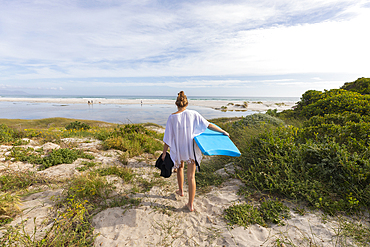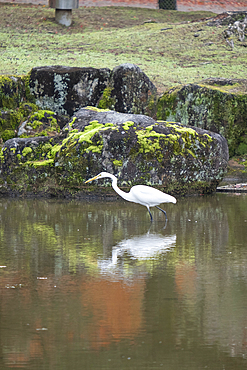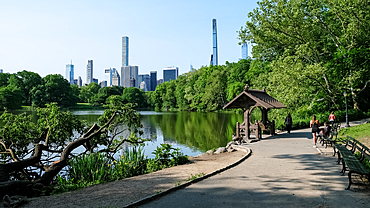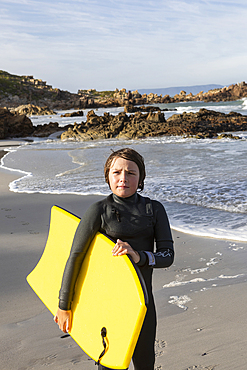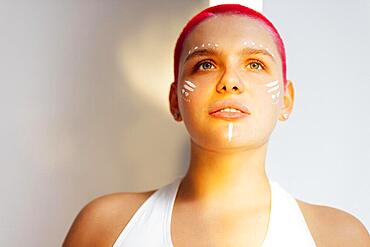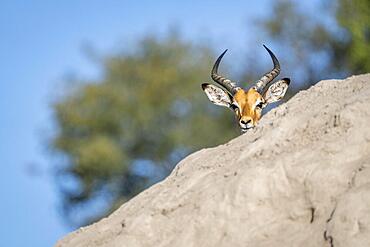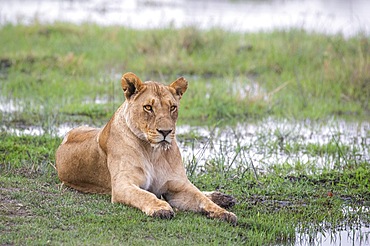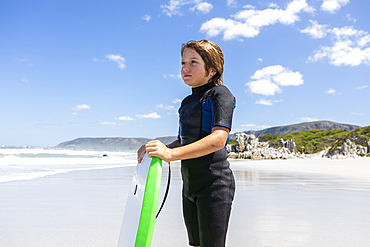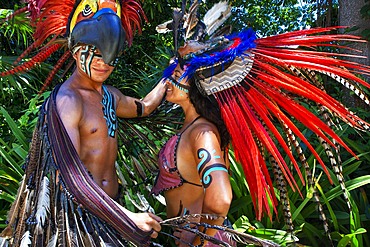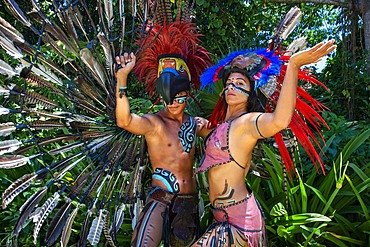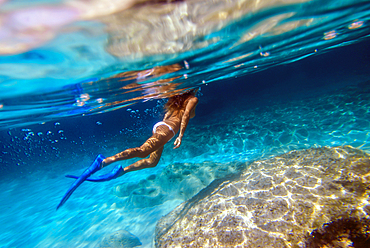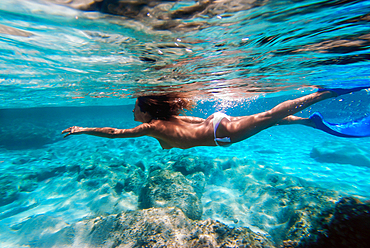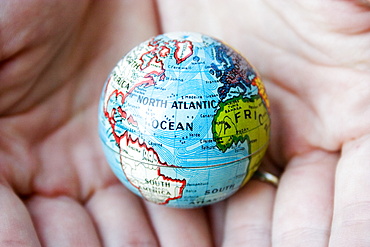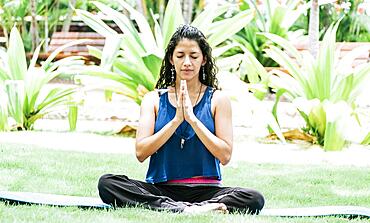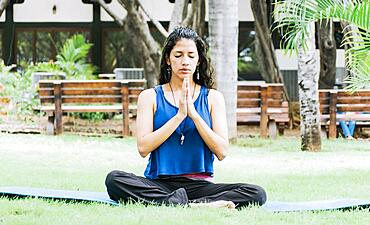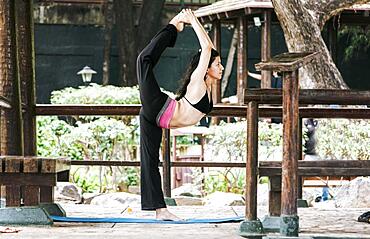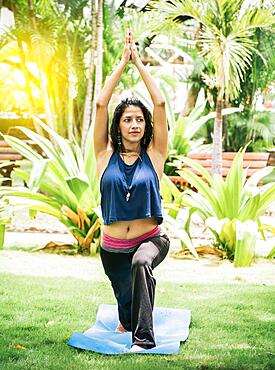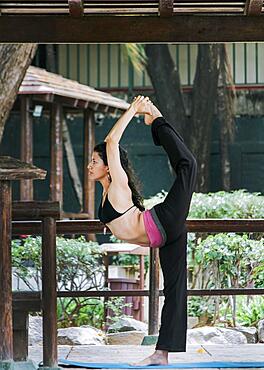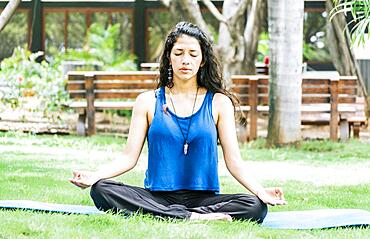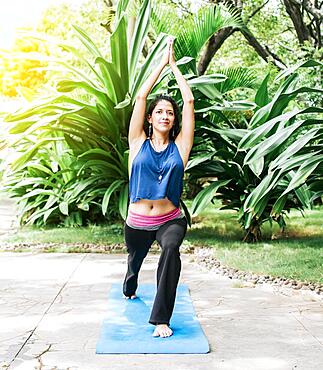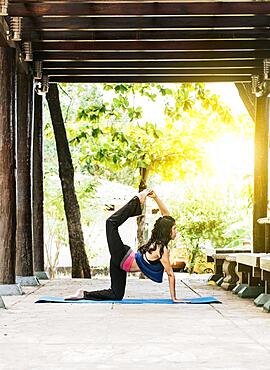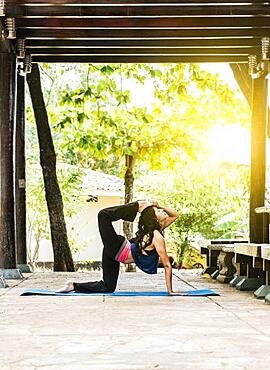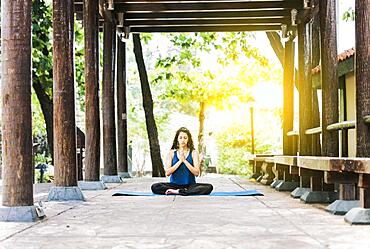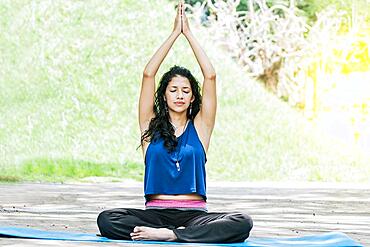Recent searches
Loading...
1178-44394 - South Africa, Hermanus, Teenage girl walking on beach with body board
1336-1099 - A white bird stands firmly on the surface of a body of water in Nara, Honshu, Japan, Asia
832-404316 - Yoga at home, a young woman meditating following the online instructions. In the coronavirus quarantine
832-404317 - Yoga at home, lifting the body from the ground with one hand. In the coronavirus quarantine
832-404315 - Yoga at home, a young woman doing exercises at home in the room with a nice light. In the coronavirus quarantine
832-404313 - Yoga at home, exercise Salamba Sirsasana. A young woman handstand at home in the coronavirus quarantine room
832-404314 - Yoga at home, a young woman meditation at home in the room with a nice light. In the coronavirus quarantine
832-404312 - A young woman doing sports in her living room. Sport in the quarantine at home
832-404310 - A young woman doing stretching in the room following the instructions of the online teacher. Sport in the covid19 quarantine at home
832-404311 - A young woman doing sports in her living room. Sport in the quarantine at home
832-404309 - A young woman doing stretching in the room following the instructions of the online teacher. Sport in the covid19 quarantine at home
832-404282 - Sculpture of the pharaoh with the body of a lion inside the temple of Karnak, the great sanctuary of Amun. Egypt
1373-38 - Turtle Pond, a two-acre water body at the bse of Belvedere Castle, popular for relaxing and picnicing in Central Park, Manhattan Island, New York City, United States of America, North America
1373-37 - New York City cityscape viewed from The Lake, Central Park's largest body of water after the Reservoir, Central Park, Manhattan, New York City, United States of America, North America
1373-36 - New York City cityscape viewed from The Lake, Central Park's largest body of water after the Reservoir, Central Park, Manhattan, New York City, United States of America, North America
1373-34 - New York City cityscape viewed from The Lake, Central Park's largest body of water after the Reservoir, Central Park, Manhattan, New York City, United States of America, North America
1178-44284 - South Africa, Hermanus, Portrait of boy (10-11) standing with body board by Atlantic Ocean in Voelklip Beach
1178-44282 - South Africa, Hermanus, Boy (10-11) entering Atlantic Ocean with body board in Kammabaai Beach
1178-44281 - South Africa, Hermanus, Boy (10-11) entering Atlantic Ocean with body board in Kammabaai Beach
1178-44280 - South Africa, Hermanus, Boy (10-11) entering Atlantic Ocean with body board in Kammabaai Beach
1372-70 - Close up of the upper body and head of a giant Buddha statue agains a blue sky, Hill of the Buddha, Sapporo, Hokkaido, Japan, Asia
832-402266 - Sea view out of a gunport in hull of the ship over the gun cannon muzzle in on the gun deck of a sailing ship of Age of Sail
832-401460 - Unrecognizable woman in big hat with sexy slim body relaxing on the swimming pool. Top view
1174-11481 - A full body portrait of a wild dog, Lycaon pictus, standing next to water.
832-400387 - Beautiful relaxed woman in light clothes and red shot hair while resting on sunny weekend day at home. Body positive concept
832-400388 - Beautiful curvy oversize young afto american woman in a yellow dress sitting on a sofa at home. Body positive stylish smiling female have relax time. Body acceptance and diversity concept. Copy space
832-400381 - Beautiful curvy oversize young afto american woman in a yellow dress lies on a sofa at home. Body positive stylish smiling female have relax time. Body acceptance and diversity concept. Copy space
832-400312 - Beautiful relaxed woman with unusual make up and red shot hair while resting on sunny weekend day at home. Body positive concept
832-400311 - Beautiful relaxed woman in red long dress and red shot hair looking good. Concept of body positive
832-400299 - Beautiful relaxed woman in yellow suit and red shot hair while resting on sunny weekend day at home. Body positive concept
832-400136 - African Elephant (Loxodonta africana) bullfight, in the African desert. 2 male animals are fighting with each other. Full body side view with dust clouds. Etosha National Park, Namibia, Africa
832-400133 - Impala buck head behind a termite mount. Only his head with antlers shows. Hiding his body. Kwando River, Bwabwata National Park, Namibia, Africa
832-399563 - Lioness (Panthera leo), close up portrait of her face, head and body. The wild animal looks intense. Okavango Delta, Botswana, Africa
832-399355 - Canada goose (Branta canadensis) backlit, surrounded by splashes of water, bathing in a body of water
832-399150 - Full body portrait of cute little girl with spring flowers in hands
832-398501 - Portrait young woman with headphones jumping9
832-398495 - high angle tasty kebab slate with other dish tomatoes
832-398493 - top view yummy popsicles plate with red grapefruit
832-398486 - front view veggie burger with black buns cutting board
832-398475 - high angle credit card with hook phishing
832-398469 - side view woman playing with her feet lake
832-398466 - young african american musician celebrating international jazz day3
832-398457 - long hair artist holding hands air stage
832-398449 - flat lay vintage telephone receiver with cord paper shape
832-398437 - broccoli creme soup winter food with parsley. High resolution photo
832-398434 - high view fake news message torn red paper. High resolution photo
832-398430 - front view little girl measuring sprouts growing home. High resolution photo
809-8609 - The body of Pope Emeritus Benedict XVI lying in State at St. Peter's Basilica in the Vatican, January 3, 2023, Vatican, Rome, Lazio, Italy, Europe
1184-8112 - Woman with body painting, Yanomami tribe, southern Venezuela, South America
1184-8098 - Woman with body painting, Yanomami tribe, southern Venezuela, South America
1178-44063 - 9 year old boy in wetsuit body boarding Grotto Beach Hermanus South Africa
1178-44060 - young body boarder Voelklip beach Hermanus South Africa
1350-6608 - Mexican aztec dress gods at Grand Palladium White Sand Resort and Spa in Riviera Maya, Yucatan Peninsula, Quintana Roo, Caribbean Coast, Mexico.
Aztec clothing was generally loose fitting and did not completely cover the body. When the Spanish arrived in Mexico, the people were surprised to see them in their full armour, with only their faces exposed.
Aztec clothes were generally made of cotton (which was imported) or ayate fiber, made from the Maguey Cactus (also called the Century Plant or American Aloe). Women would weave the fibers into clothing, a task girls were taught as young teenagers. Because of their vast trading network, the Aztecs were able to make use of a beautiful array of dyes, creating the brilliant
1350-6595 - Mexican aztec dress gods at Grand Palladium White Sand Resort and Spa in Riviera Maya, Yucatan Peninsula, Quintana Roo, Caribbean Coast, Mexico.
Aztec clothing was generally loose fitting and did not completely cover the body. When the Spanish arrived in Mexico, the people were surprised to see them in their full armour, with only their faces exposed.
Aztec clothes were generally made of cotton (which was imported) or ayate fiber, made from the Maguey Cactus (also called the Century Plant or American Aloe). Women would weave the fibers into clothing, a task girls were taught as young teenagers. Because of their vast trading network, the Aztecs were able to make use of a beautiful array of dyes, creating the brilliant
1350-6669 - Wax body parts votive offerings at the Lourdes Grotto in the Convent of the Concepcionistas, a 1925 scale reproduction of the French grotto. Viveiro, Lugo Province, Galicia, Spain, Europe Galicia, Spain, Europe
1350-6552 - Woman underwater in Mitjorn beach in Formentera, Spain
1350-6553 - Woman underwater in Mitjorn beach in Formentera, Spain
1350-6551 - Woman underwater in Mitjorn beach in Formentera, Spain
832-397979 - Portrait of beautiful young woman in black cocktail dress on sofa in pink room
832-398186 - Side view man s hands preparing hit incoming volleyball net, Resolution and high quality beautiful photo
832-398182 - Human hand holding compact fluorescent light bulb
832-398185 - Side view male hacker talking smartphone with copy space, Resolution and high quality beautiful photo
832-398000 - White rhino (Ceratotherium simum) looking into camera full body front view. Etosha National Park, Namibia, Africa
832-397795 - Cute French Bulldog dog wearing Halloween cowboy full body costume with fake arms and pants in front of hay bale
832-397617 - Person with back problems on isolated background, lumbar problems concept, A man with spine problems, a sore person with back pain
860-291340 - Butterfly with drops of rain on the head and body, Villarotta, Reggio Emilia, Italy
1116-52609 - Mother And Daughter With Painted Toenails
832-396942 - A girl sitting doing meditation yoga outdoors, Woman doing yoga outdoors, a young woman doing yoga with closed eyes
832-396950 - A girl sitting doing meditation yoga outdoors, Woman doing yoga outdoors, a young woman doing yoga with closed eyes
832-396943 - A girl sitting doing meditation yoga outdoors, Woman doing yoga outdoors, a young woman doing yoga with closed eyes
832-396949 - A girl sitting doing meditation yoga outdoors, a woman doing meditation yoga raising her hands up, a young woman doing yoga with her eyes closed
832-396958 - Woman doing quadriceps yoga outdoors, girl doing yoga and quadricep stretching fitness
832-396960 - A girl laying out her yoga mat, woman spreading her yoga mat outdoors
832-396959 - Girl sitting doing split meditation yoga outdoors, woman doing side split yoga outdoors, young woman doing side split yoga
832-396941 - Woman doing yoga on the grass, A girl performing flexibility yoga, young girl showing yoga styles outdoors, yoga and fitness concept
832-396940 - Woman doing yoga on the grass, A girl performing flexibility yoga, young girl showing yoga styles outdoors, yoga and fitness concept
832-396957 - Woman doing quadriceps yoga outdoors, girl doing yoga and quadricep stretching fitness
832-396939 - A girl doing flexibility yoga, Woman doing yoga outdoors, young girl showing yoga styles outdoors, yoga and fitness concept
832-396935 - A girl sitting doing meditation yoga outdoors, Woman doing yoga outdoors, a young woman doing yoga with closed eyes
832-396938 - A girl doing flexibility yoga, Woman doing yoga outdoors, young girl showing yoga styles outdoors, yoga and fitness concept
832-396954 - Woman doing quadriceps yoga outdoors, girl doing yoga and quadricep stretching fitness
832-396956 - Woman doing yoga child's pose, girl doing yoga child's pose
832-396955 - Girl doing yoga and quadricep stretching fitness, Woman doing quadriceps yoga outdoors, Stretching Yoga Concept
832-396945 - Girl doing yoga bird of paradise, a girl doing yoga outdoors, A woman doing balance yoga, person doing yoga Svarga Dvijasana
832-396951 - A girl sitting doing meditation yoga outdoors, Woman doing yoga outdoors, a young woman doing yoga with closed eyes
832-396948 - A girl sitting doing meditation yoga outdoors, a woman doing meditation yoga raising her hands up, a young woman doing yoga with her eyes closed
832-396953 - Girl sitting doing split meditation yoga outdoors, woman doing side split yoga outdoors, young woman doing side split yoga
832-396937 - Woman doing yoga outdoors, A girl performing flexibility yoga, young girl showing yoga styles outdoors, yoga and fitness concept
832-396933 - Close up of hands of a girl doing meditation yoga outdoors, Close up of hands doing yoga on the grass
832-396947 - Girl sitting doing split meditation yoga outdoors, woman doing side split yoga outdoors, young woman doing side split yoga
